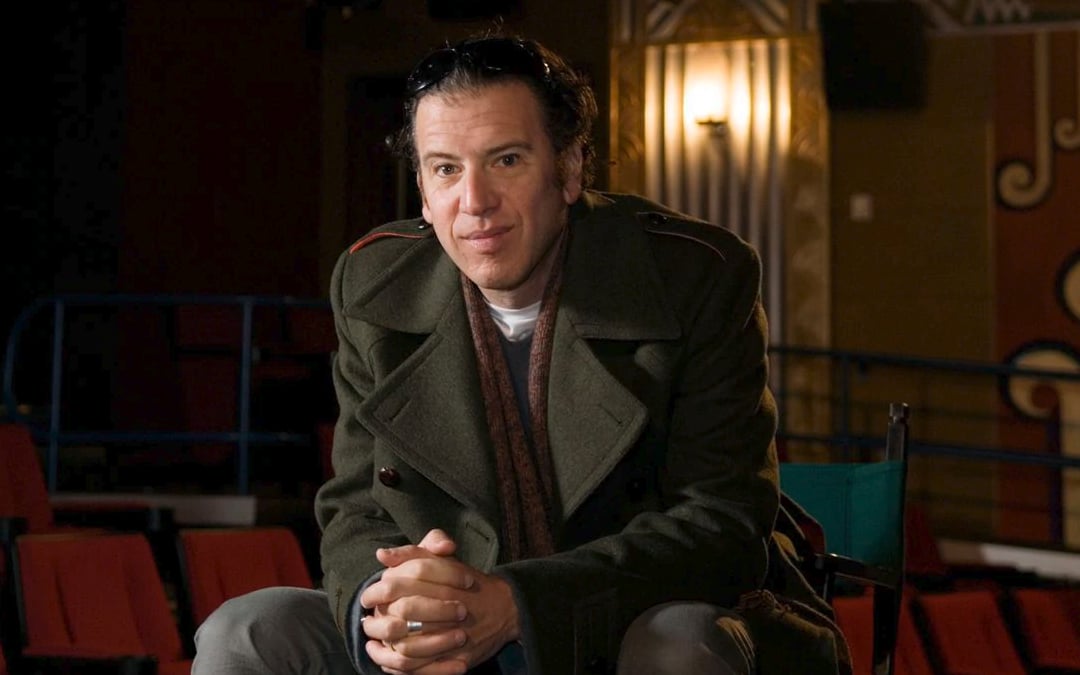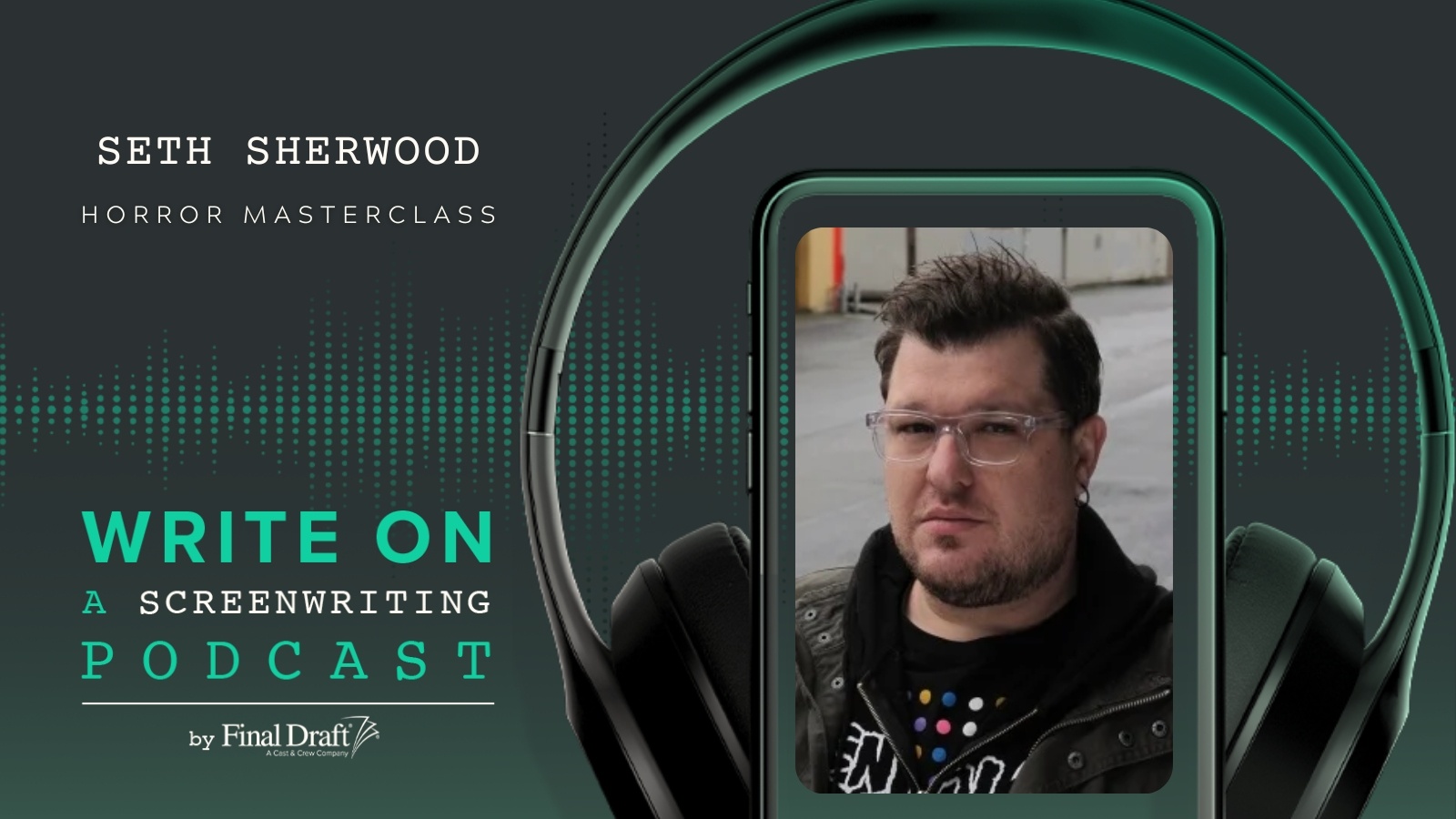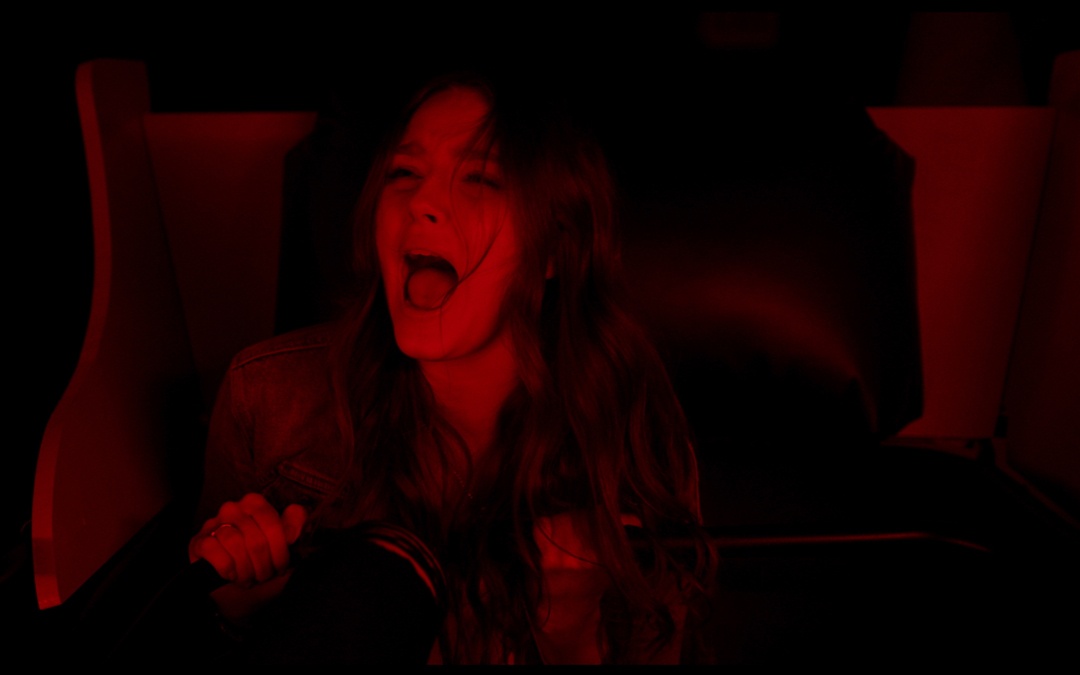Hell Fest' with Gregory Plotkin and Gale Anne Hurd
October 24, 2018
While trying to avoid fright at the movies, most people cover their eyes. But according to Hell Fest director Gregory Plotkin, if you really don’t want to be scared, you should cover your ears.
“In [Hell Fest] I wanted to create a soundscape,” he said.
“We remember sounds. I found that … subverting expectation — hearing a sound over here but having a scare happen over there — was very important with this film.”
These observations come from Plotkin’s experience as an editor (he named sound as the “unsung hero” of the post-production process), with credits spanning from Paranormal Activity 2, 3 and 4 to Get Out.
His new work — a collaboration between CBS Films and Lionsgate — follows a group of teenagers as they visit a Halloween-themed carnival, where a masked slasher takes thrills to the next level by targeting them.
The movie sounds pretty straightforward, right? Even so, Hell Fest had to overcome several challenges before hitting the big screen.
It all started in 2011, when CBS Films obtained the rights to a screenplay by William Penick and Chris Sey (Hell Fest’s final credits assign the story to these two).
While producer Gale Anne Hurd was attached to the film from the beginning (her company, Valhalla Entertainment, developed the project), Hell Fest saw a number of directors — Jennifer Lynch and Neil Marshall, to name two of them — come and go before Plotkin.
“It’s had a great gestation period to hopefully get it right,” Hurd said while sitting next to Plotkin, who signed on to the project in spring 2017.
Though this type of frequent change defined much of Hell Fest, one thing was constant: The film’s setting.
“Everybody at my company, myself included, loved going to Halloween mazes and experiencing them,” Hurd said.
“It gets your adrenaline going and you’re screaming and giggling … The idea of setting a horror film in that world really brings it home.”
According to the producer, frightening places that inspire suspense — she named escape rooms as one example — have become a “phenomenon.”
“People are more focused now on experiences than they are things,” Hurd said.
“The next generation, they want to experience things for themselves.”
From that perspective, the film’s setting is somewhat unique. Plenty of the story’s tropes, however, are tried and true; perhaps the most obvious being the final girl standing tall at the end (though this time, that may have more to do with Hurd’s taste than tradition).
She mentions The Terminator — one of her earliest (and most famous) producing credits — when considering the female influence on Hell Fest.
“It was long before #MeToo, long before all of this,” she said.
“It was the strong woman who doesn’t realize how strong she is. It’s like, ‘I can’t do this, I can’t be the one who saves the world,’ who saves the world. It’s like Ripley in Alien.”
Plotkin agreed, citing Ellen Ripley as his “big inspiration” for Hell Fest.
The film, which came out in September, was also an opportunity for the director to reunite with Seth M. Sherwood, who worked as a writer on Black Mass, a virtual-reality horror movie Plotkin directed in 2016.
“It just felt very natural,” Plotkin said of the partnership, which extended to include writers Blair Butler and Akela Cooper.
“I had shorthand with all of them,” he said.
“Everyone brought their own expertise to it.”
Written by: Eric Walkuski
Eric Walkuski is a screenwriter, film critic, journalist and reporter. He is currently a managing editor at JoBlo.com. You can follow Eric on Facebook and Twitter at @ericwalkuski



